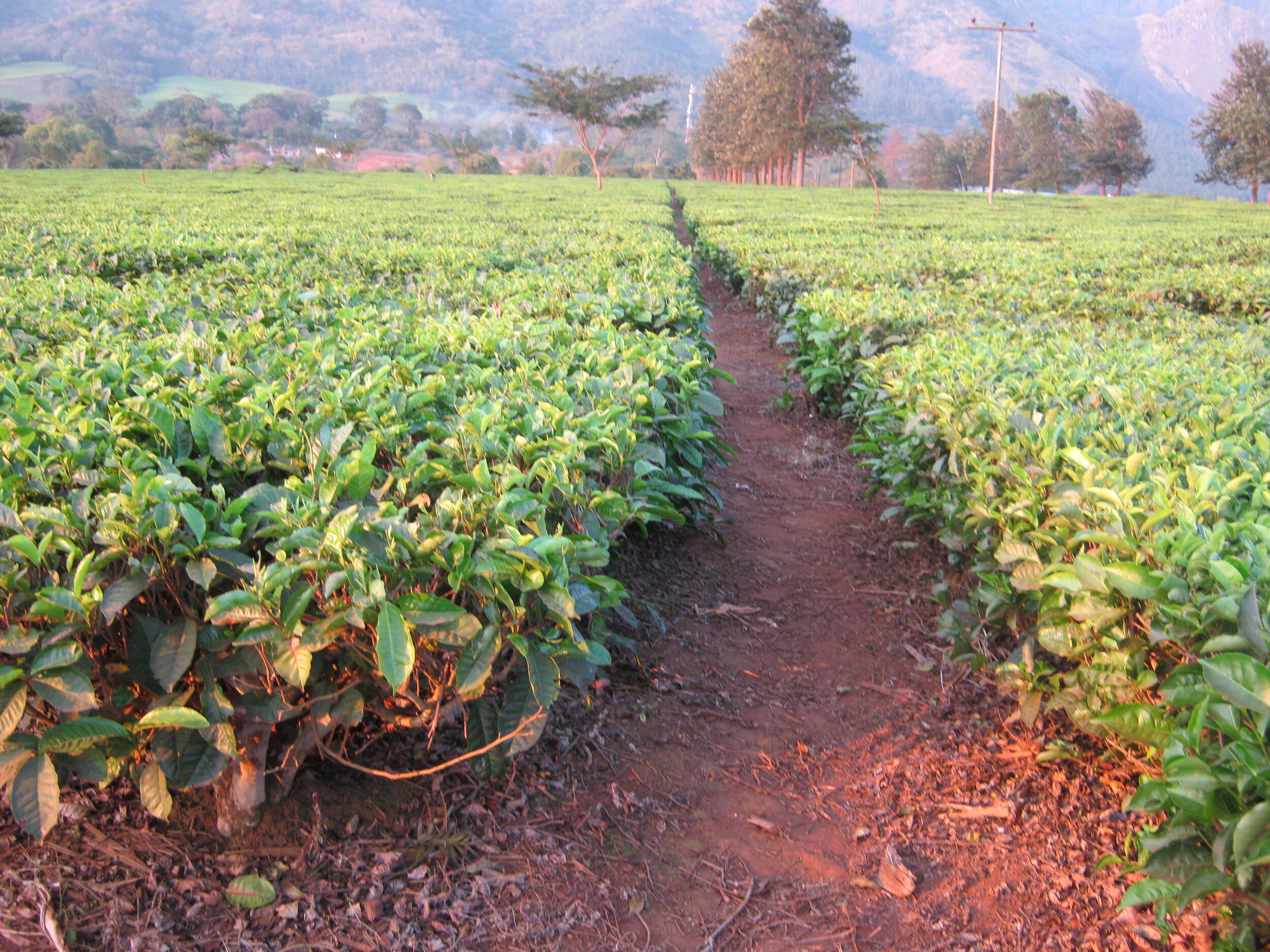A Mountain I Did Not Climb
I love mountains, as long as I don’t have to climb them. Well, I did climb a few when I was younger and fitter, but I usually ended up deciding that the downside—total physical exhaustion and the occasional detached toenail—outweighed the wonders of the view from the top, if there actually was one.
You can list Mount Mulanje in Malawi, featured on the cover of my upcoming book, Postcards from the Borderlands, as one I have admired from afar but not climbed. Technically, it’s a massif, a standalone mountain that’s not part of a range. Its highest peak rises to more than 9,000 feet, but most of Mulanje consists of rolling grassland, intersected by deep, forested ravines. The west face of one peak is reputed to be the longest rock climb in Africa.
I rely on secondary research sources for these details because all my views of Mulanje were from below. Usually I was sitting in the garden of my hotel enjoying a Carlsberg or two as the evening shadows fell. Occasionally, I joked to my workshop participants—instructors from the Malawi Institute of Journalism—that we might attempt a team-building exercise on the northern slope, although I don’t think they took me seriously.
There’s much more to the story of how I ended up in the lush green tea plantations below Mulanje near Malawi’s southern border with Mozambique. It’s not far from the route taken by the 19th century explorer and medical missionary, David Livingstone, as he headed up the Zambezi and Shire rivers on his way north to Africa’s Great Lakes region. I would love to think that he stopped by Mulanje for a beer or at least a cup of tea to fortify him for the journey ahead, and his encounters with tribes and Arab slave traders. Maybe not.
To learn more about my travels in Malawi, you’re just going to have to buy Postcards from the Borderlands, either the paperback or the e-book. You’ll make me happy if you pre-order it here.
This is not just an author ego thing, although that’s part of it. When the book comes out in November and is sold by Amazon and other online retailers, I’ll make a lot less in royalties per book than I will if you buy directly from the publisher, Open Books. You may save a few dollars if you wait until November but just think about it. Do you want your money to go to Jeff Bezos, who already has lots of it, or to David Mould? Um, no pressure.
Until November, I’ll be emailing and posting sneak peaks into the countries featured in Borderlands. It’s a motley geographical crew—Malawi, Tanzania, South Africa, Bangladesh, Nepal, Malaysia, The Maldives, Thailand, Pakistan, Mongolia, Kyrgyzstan, Georgia and Russia—with borders, broadly defined, as the theme that ties them together.
Malawi: Land of Lakes
Malawi, a landlocked sliver of a nation with colonial borders, was the only country in Africa to maintain diplomatic ties with South Africa during the apartheid era. Although the business traveler I met at Johannesburg’s airport exaggerated when he claimed that “We built the place,” South Africa played a significant role during the regime of its long-term authoritarian leader, Hastings Banda. This chapter traces the pre-colonial history of the region, its role in the East African slave trade, the arrival of European explorers and missionaries, and the independence movement. Malawi is a country of farmers that cannot produce enough food each year to feed its population. The government depends heavily on foreign aid for its budget. Thousands have left to find work, mostly in South Africa. The national airline has gone bankrupt. Power cuts happen every day. Yet, Malawians remain hopeful for change, many of them drawing comfort from deep religious beliefs. I explore the political capital, Lilongwe, then take the bus for the 250-mile mile trip south to the commercial capital, Blantyre, and finally to the massif of Mount Mulanje and the tea plantations near the border with Mozambique.

